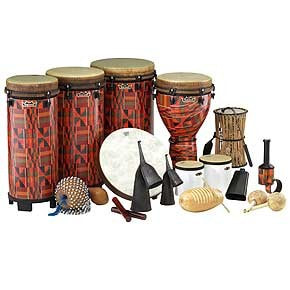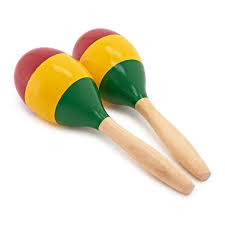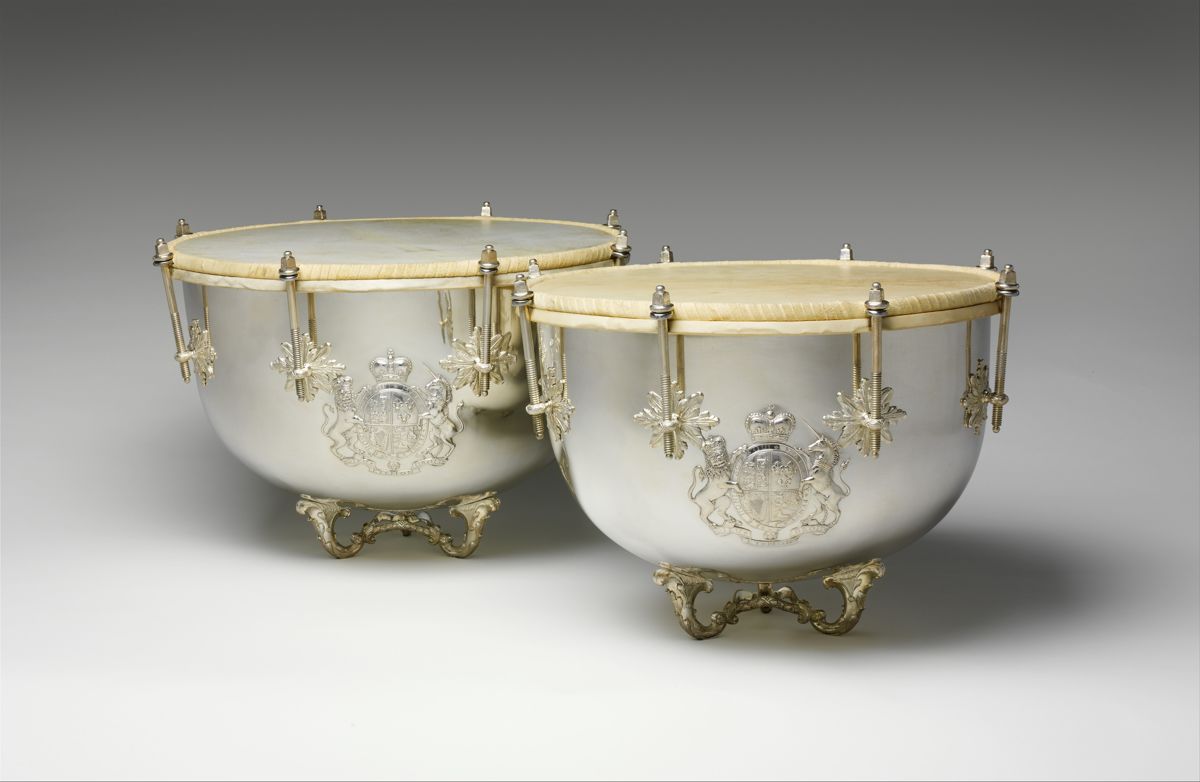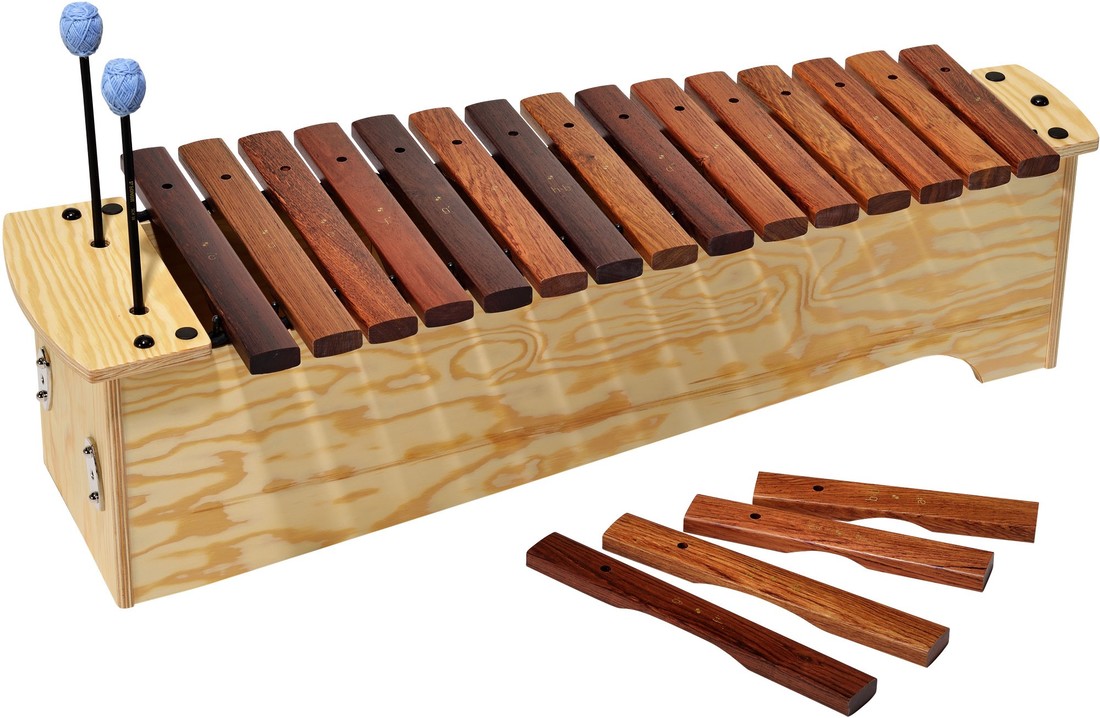Percussion Instruments
What are they?
Percussion instruments are one of the oldest types of instruments. They are played by being struck though a variety of means. The most common types of percussion instruments are drums, maracas, xylophones, bells, musical triangles, and cymbals.
How do they work?
Percussion instruments make sound from being struck. Often the instruments will have a hollow body, which will amplify the sound. However, some percussion instruments make sounds in other ways. For instance, maracas make sound when shaken, while bells and triangles resonate at a specific frequency when hit. Most percussion instruments can only play at one frequency, however some can play at more than one (3). In order to change the amplitude of the sound waves produced in these instruments can be changed based on the force with which they are struck.
|
Drums
Drums are probably the most common type of percussion instrument. There are many types of drums, and they have been used all over the world throughout time. They are made by stretching a material over a hollow body, and creating tension. This causes vibrations when struck. Drums can have different sounds depending on what material is used as the drum head and body, how tight the material is stretched, and the radius of the drum head. Small drums have a higher pitch while large drums have a lower pitch (3). The body of the drum is used to amplify its sound.
|
Maracas
Maracas are made of hollowed out gourds or wood filled with pebbles or other small materials that create sound when they are shaken, and the pebbles strike the sides of the instrument. The sound can change greatly depending on the material of the maraca, the materials inside the maraca, and how hard it is shaken.
|
Xylophones
|
Xylophones are another type of percussion instrument. They are instruments are made of a hollow body with either wooden or metal bars across the body. Unlike the percussion instruments
previously mentioned, they have the ability to create a melody. This is due to the fact that when struck, each bar is a different size, and therefore has a different vibration frequency. The smaller bars emit a higher sound while the larger bars emit a lower sound. The body of the xylophone amplifies the sound played. |
Bells & Triangles
|
Bells and triangles vibrate at a certain frequency when struck. Bells are shaken, and the tongue of the bell strikes the sides making a note. However, if one is holding the body of the bell, and not the handle then the bell is unable to vibrate and the sound becomes muffed. This is sometimes used with bells in order to create more of a rhythm. Musical triangles work similarly, except that they are struck with a metal stick which causes them to vibrate with a specific frequency. Again, if the triangle is held instead of the handle, it is prevented from vibrating and will either not produce any note, or will produce a very muffled note.
|




